I spent the past summer in the remote field site of Middleton Island, Alaska. The season was three and a half months. I slept in a tent, there was no running water, limited Internet access, limited fresh food, worked long hours in all weather conditions, and honestly, it was the best three months of my life.
So as this was my first venture into field ecology, I wanted to share my overall thoughts and impressions for those wondering: is field biology really for me?
Things I thought that would be a challenge (but really weren’t)
Living without plumbing
My biggest fear going into this summer was living without running water. As a person that grew up in the city, daily showers were the baseline, and the thought of an outhouse made me squirm. But upon arriving to Middleton, I was surprised how easily I got used to living without running water. You actually don’t need to go to the washroom or shower as frequently as you think you do. And hygiene? Easily manageable with wet wipes and hand sanitizer, especially when you are living with 10 other people that are as equally as dirty as you. No judgement here.
Being constantly exposed to the elements
I was also really worried about spending all of my time outside. A 6 hour school day tires me out extensively, how will I ever manage to spend 8-10 hours in the field being battered by high winds and horizontal rain? This is the ultimate test, because if you truly love what you do, you will feel alive and excited every minute when you’re doing fieldwork, and time will pass relatively quickly. So really, for me it didn’t matter if I was covered in mud and soaked by the rain, being able to spend the day in a breeding colony of rhinoceros auklets was all the motivation I needed.
Being in an isolated/remote region
Doing fieldwork means that you will go to some far-out places. Sure that’s incredibly exciting, but being attached to your phone and social media is unfortunately the reality for most people (myself included). So to think I would be cut off from the rest of the world for three months was a bit scary. But once I got to the island, I became so preoccupied with my own research and also being in such an amazing place, the events of the outside world faded away. I no longer felt like I was obligated to be present in social media, and a burden was lifted and I could really focus on what I wanted and not what others thought of me.
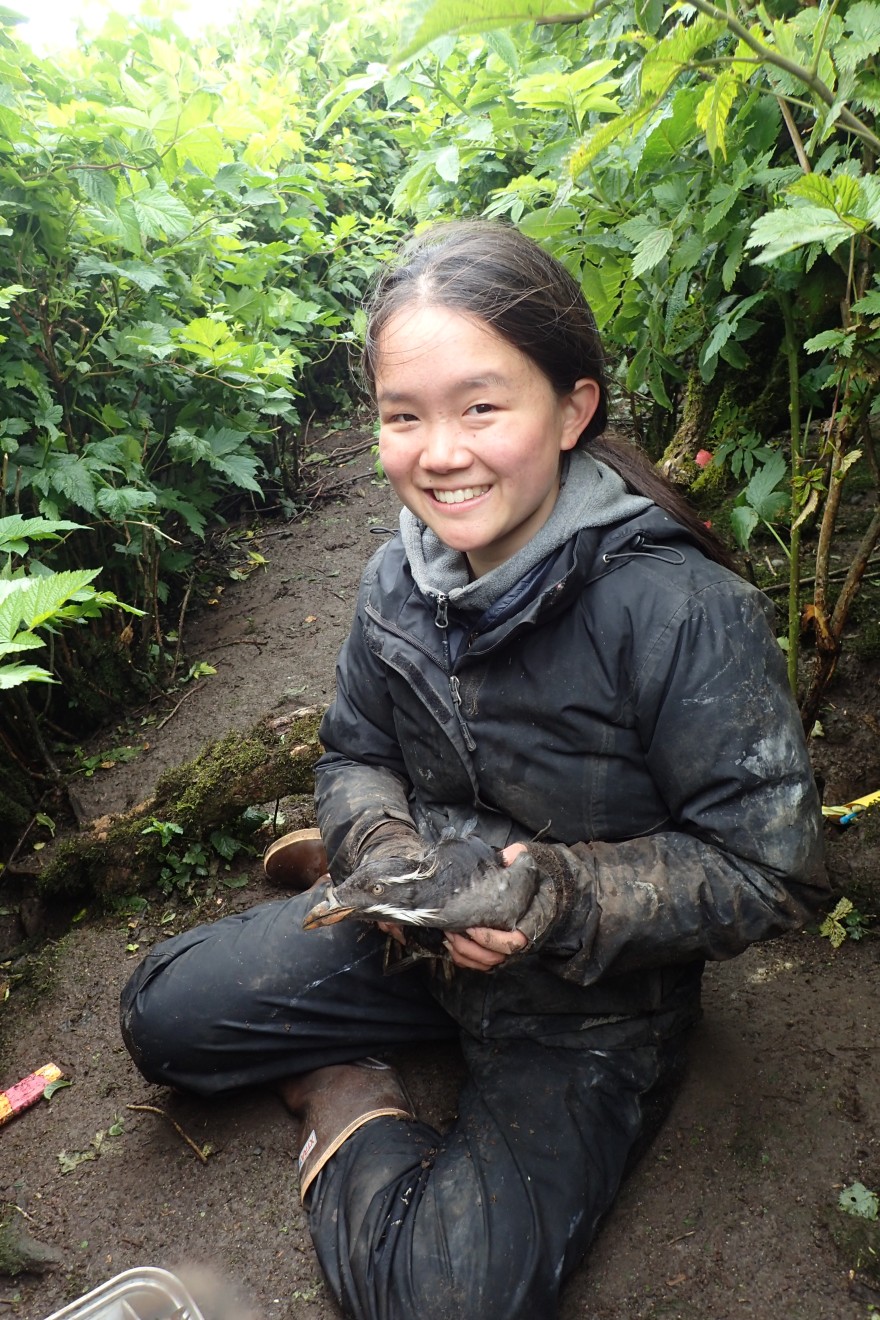
Things that I realized were actually important
Having a positive attitude
Not gonna lie, it is tough to do fieldwork. Spending hours and hours down in the dirt and working in tough weather conditions is not everyone’s cup of tea. But there are two ways to approach this, either be really miserable and grumpy all the time, or see this as an opportunity to grow and become stronger by maintaining a positive attitude. By viewing the experience through a positive lens, its not only easier to get through the tough day to day things, but also allows you to grow as a person.
Teamwork
This is probably the most important thing in fieldwork. You are going to be stuck with a small group of people with little to no outside contact. If you don’t work well with these people, that small amount of space can be suffocating. If you do work well together, the field season can be a rewarding experience. The support you give each other will get you through the daily grind, and everyday is a bag of laughs. In the end, we really become our own little family, and you walk away with some really meaningful friendships. Also, by working together, you can accomplish some amazing scientific work!
Communicate!
If you have an issue that you’re dealing with, talk about it! Working with a small group means that everyone needs to contribute their part for success. If one person lags behind, it could cause problems later down the road, so it’s important to talk about expectations and goals so that things can get done.
Being okay with things not reaching expectations
Fieldwork is unpredictable. You go in with a bunch of expectations (or not), and the result is something completely different. If you’re planning your own project, you are going to have some goals in mind when collecting your data. But these are wild animals, and they do whatever they want, even if that means messing up your experiment. Don’t freak out! Even if your investigation doesn’t go according to plan, take every mistake as a learning experience, as information that you can pass down to the next scientist so that the research can be more refined. There is only so much you can control.
Other notes:
Make sure you have the appropriate clothes for the climate.
You will be spending every minute outside, and you will be wearing pretty much the same clothes everyday. So to ensure that discomfort is minimized, dress for success! Bring raingear if rain is an everyday problem. Wear breathable quick-dry clothing if it’s hot out. You will be living in these clothes for the entire season, so choose wisely. Also wool socks are your best friend. I might do a packing list post in the future, so let me know if that is of interest.
So I hope that this was helpful. Basically, if you really love the outdoors and getting up close and personal with nature and its inhabitants, all of the hurdles will fade away and you will have a lot of fun (it’s mostly all in your mind anyways). So go on, give field biology a shot!
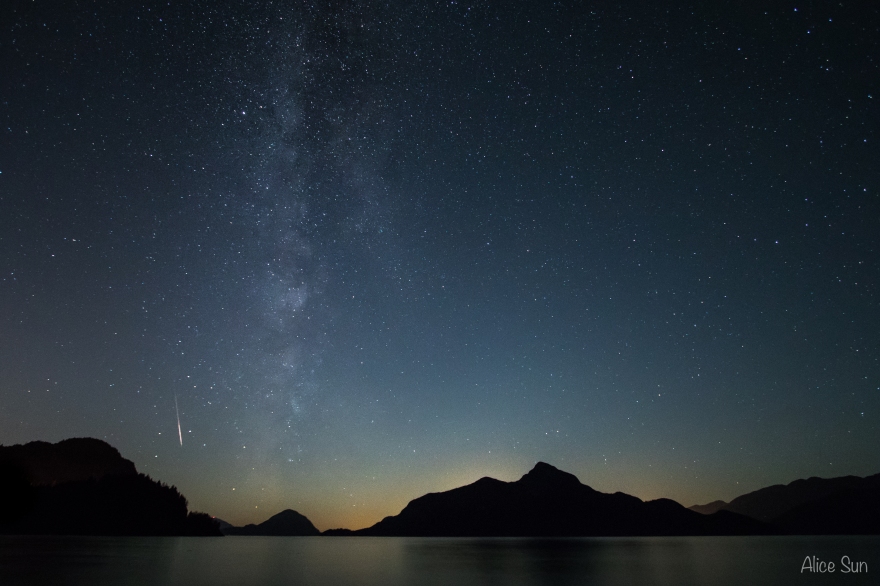


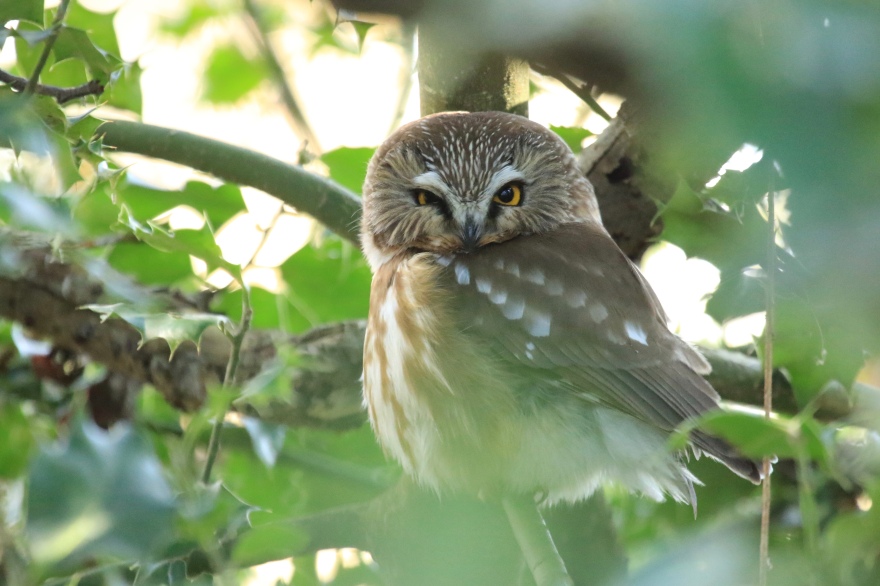
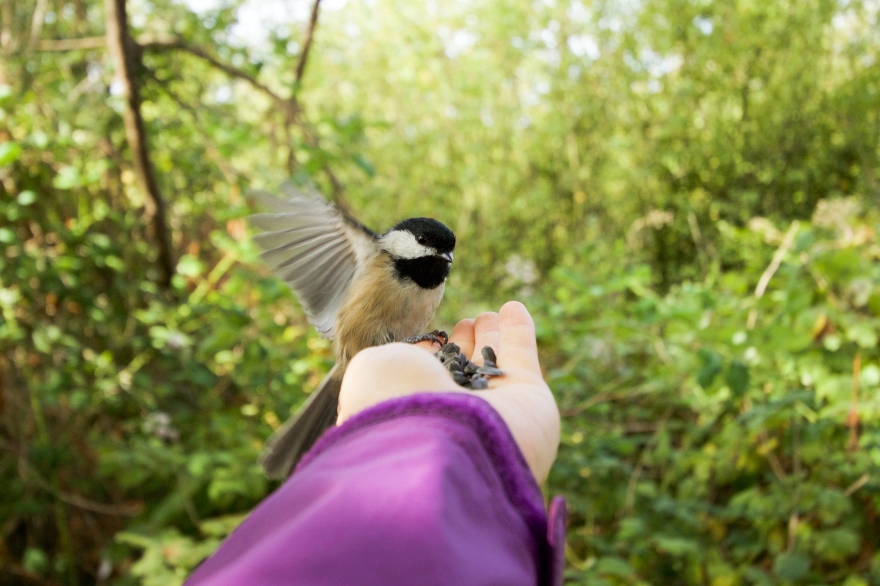 2018 is the Year of the Bird. No, not according to the lunar calendar. 2018 marks the 100th anniversary of the Migratory Bird Treaty Act, which protects millions of migratory birds and is a major milestone in bird conservation. To celebrate, Audubon, National Geographic, Cornell Lab of Ornithology, and Birdlife International have teamed together to raise awareness for why birds are so important by creating various magazine articles, social media posts, television series, etc so that we can continue to protect and conserve birds as more and more species are being pushed to the brink.
2018 is the Year of the Bird. No, not according to the lunar calendar. 2018 marks the 100th anniversary of the Migratory Bird Treaty Act, which protects millions of migratory birds and is a major milestone in bird conservation. To celebrate, Audubon, National Geographic, Cornell Lab of Ornithology, and Birdlife International have teamed together to raise awareness for why birds are so important by creating various magazine articles, social media posts, television series, etc so that we can continue to protect and conserve birds as more and more species are being pushed to the brink.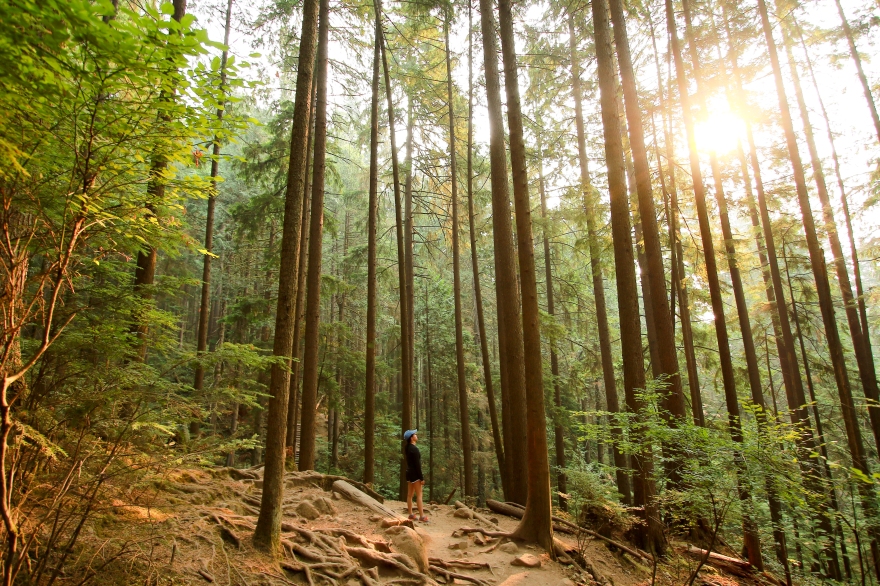 For my entire life (granted is not very long, I’m only 19), I’ve always taken the safer path. I’m not one to take risks. Sure I love going on adventures, but I’m always sure to be prepared for anything that goes wrong. Looking back, it seems I’ve approached my life choices the same way.
For my entire life (granted is not very long, I’m only 19), I’ve always taken the safer path. I’m not one to take risks. Sure I love going on adventures, but I’m always sure to be prepared for anything that goes wrong. Looking back, it seems I’ve approached my life choices the same way.